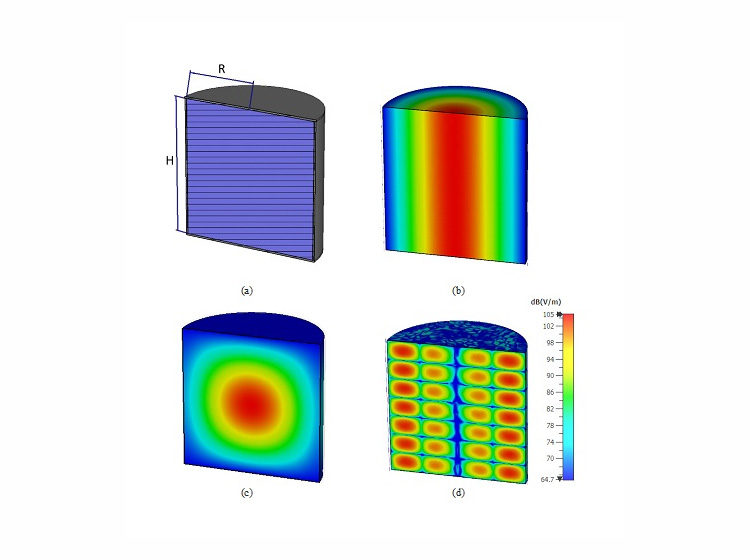Filters are essential to virtually all communication systems. Even though the fundamental principles of the operation of filters have been known since the second part of the 20th century, practical filter design still draws a great deal of attention from RF engineers and academia. Such is the significance of filters.
However, one type of filtering solutions remains relatively unexplored and somewhat overlooked, especially for use in modern communication systems. The idea of absorptive filtering or leaky wall filtering is very old, dating back to 1959, and was implemented using waveguide components. In general, absorptive filtering achieves attenuation by absorption, rather than reflection of the incident, travelling wave. In its simplest form, a leaky wall filter comprises simply of a cascade of slots in a rectangular or coaxial waveguide, which couple to a single auxiliary waveguide with absorptive end-loads. As such, the requirement for a highly selective absorptive filter, directly translates to the requirement of a highly selective notch filter, suitably coupled to the main filter. For the purpose of a notch filter, a reflective-type variant is particularly suitable when very low reflections are desired.
In this paper, a design methodology and equations necessary for a second order absorptive, reflective-type, transmission zero notch filter are introduced, derived and described in detail.
Initially, a single (first order), absorptive, reflective-type transmission zero notch filter is described. Based on this, improvements to the first order reflective-type notch filter are discussed and a novel circuit that achieves a second order absorptive, reflective-type, transmission zero notch response is proposed. The necessary conditions for the achievement of the second order absorptive, reflective-type, transmission zero from the proposed circuit are derived.
As an experimental verification, first and second order absorptive, reflective-type, transmission zero circuits are fabricated and their performance measured. It is shown that the first order notch circuit introduces a zero into the response of a main filter with a depth of over 12 dB in the frequency range 2.19-2.27 GHz, while the second order notch circuit introduces a transmission zero with a depth of over 20 dB GHz, in the same frequency range as its first order counterpart.

Fig. 1 Simple absorptive filter with a first order broadband transmission zero (left) and Reflective circuit of absorptive filter with a second order broadband transmission zero (right)



Leave a Reply